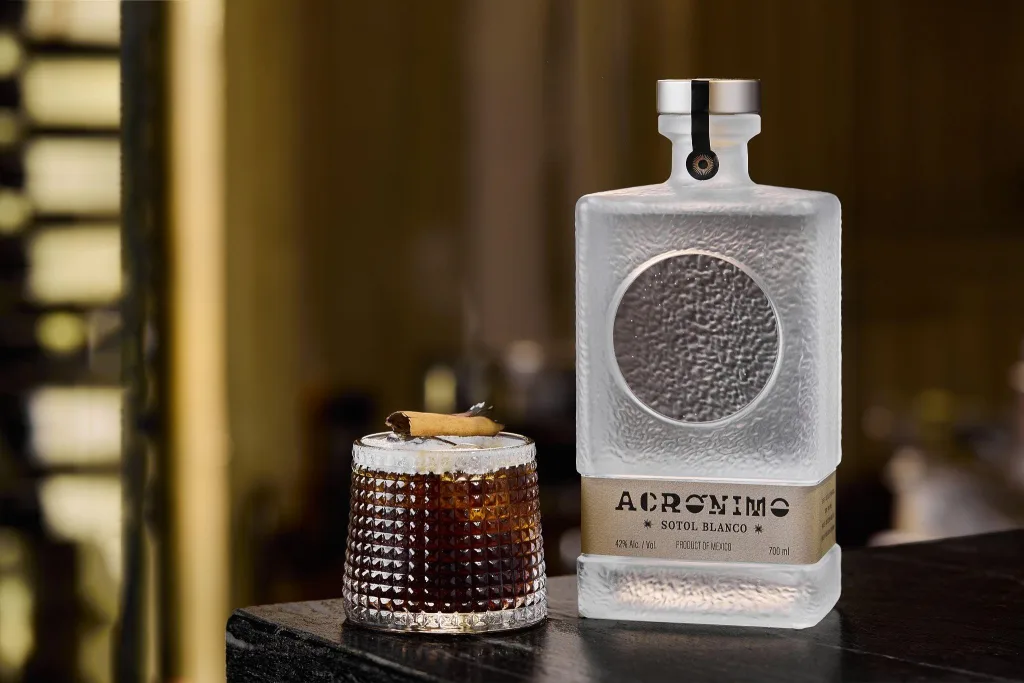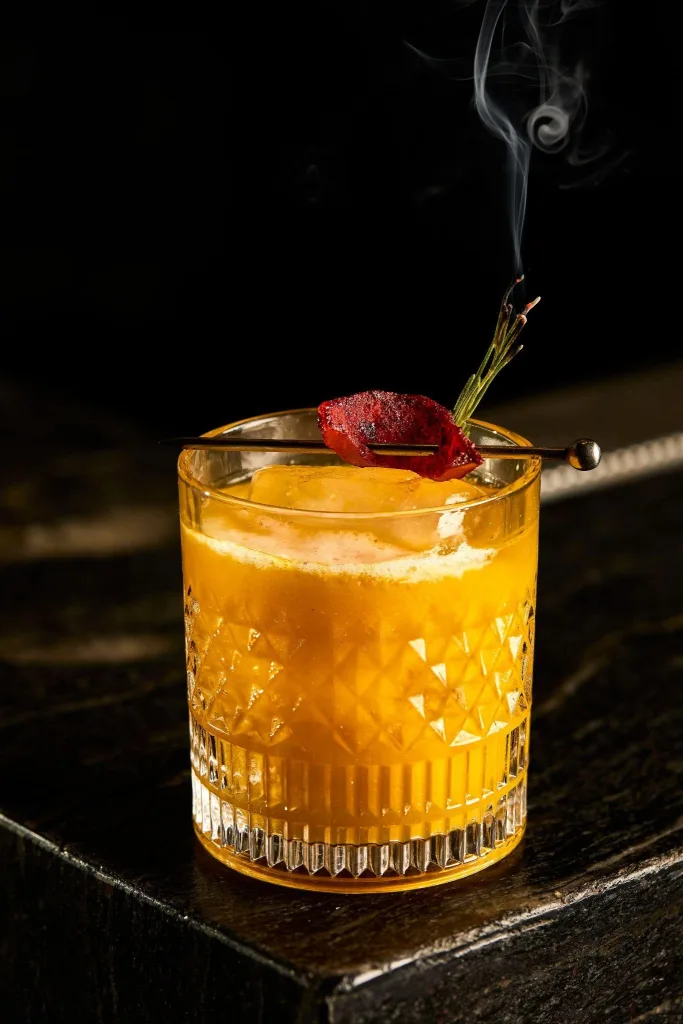Sotol Alcohol: How It Differs from Tequila and Mezcal

When one thinks about Mexican spirits, tequila and mezcal usually take the front stage. Still, sotol alcohol is becoming a fascinating and unusual rival in the realm of distilled drinks.
Sotol merits respect not only for what it is but also for how very different it is from its more well-known relatives given its own history, manufacturing technique, and flavor profile.
This blog post explores all from plant sources to flavor and cultural relevance, delving deeply into the variations between sotol, tequila, and mezcal.
Table of Contents
Understanding Sotol Alcohol's Origins
Made from the Dasylirion plant, sometimes known as Desert Spoon or sereque, sotol alcohol differs from tequila and mezcal, both derived from agave. Though it has several comparable traits, this plant is not an agave.
Mostly in Chihuahua, Durango, and Coahuila, it thrives in the harsh desert of northern Mexico. Every plant matures over 12 to 15 years, which produces a stronger and layered spirit.
Conversely, mezcal can come from numerous agave species; espadín is the most often used variety of blue agave (Agave tequilana).
Whereas mezcal comes from Oaxaca and other southern areas, tequila is mostly made in Jalisco. The first main distinction is found in this regional and botanical variation.
Production Techniques Set Them Apart
Understanding the special identities of these spirits depends on knowing their creation techniques. Sotol starts its trip upon the harvest of the Desert Spoon plant.
Like mezcal, but for a shorter duration, the center of the plant—called the piña—is roasted in subterranean pits. This shorter roasting period helps sotol taste more herbaceous and less smoky than mezcal.
Usually in tiny quantities using traditional copper stills, the sotol piñas are crushed, fermented, and distilled following roasting. Although this approach is time-consuming and rustic, it lets more attention to detail, which usually produces a high-quality handmade good.
By comparison, especially with well-known brands, tequila manufacture is significantly more industrialized. Large-scale distilleries handle much of the processing; the piñas are steamed in autoclaves.
Mezcal still has a handcrafted quality, but its unique smoky power comes from its lengthier roasting period and range of agaves.
Flavor Profiles: A Unique Experience
That first sip marks maybe the most obvious difference. With traces of herbs and minerals, sotol alcohol has an earthy, grassy, somewhat sweet taste. More sophisticated than the typical tequila, it is smoother and cleaner than mezcal.
Like good wines, sotol has a terroir-like quality since it comes from a wild plant and tastes differently depending on altitude, soil type, and even seasonal rainfall.
Especially in blanco form, tequila usually has sweet, citric aromas with a peppery aftertaste. Often complemented by fruity or floral notes depending on the agave used, mezcal—known for its distinctive smokiness—delights rich, roasted aromas.
Sotol thus fills its own niche, neither as fiery as mezcal nor as consistent as tequila.
Legal and Cultural recognition
Sotol was seen for years as a rustic, regional spirit with limited appeal outside northern Mexico. That is beginning to evolve.
The Mexican government awarded it a Denomination of Origin in 2002, meaning real sotol has to be created in particular areas following age-old techniques.
This reputation reflects what mezcal and tequila have long delighted in. Mezcal came in 1994; tequila was given its classification in 1974. Still, sotol is a small-batch, handcrafted spirit unlike tequila, which has grown to be a global behemoth.
Having said that, increasing interest from American and European mixologists and craft distillers points to sotol perhaps following a similar route to glory.
Sustainability, Health, and Environmental Impact
More sustainable is sotol: Desert Spoon has less environmental impact since it grows naturally and requires no replanting. Blue agave production, on the other hand, sometimes entails monoculture and extensive chemical application, which can erode the ground.
- Because sotol is made by hand, it typically has fewer artificial flavorings or colorings than certain commercial tequilas.
- In drought-prone regions, sotol is a more environmentally responsible option since manufacturers also depend less on water-intensive farming methods.

How to Experience Sotol: A Versatile Spirit
Sotol is great in cocktails even if it may also be appreciated neat. Its adaptability appeals to bartenders; it goes nicely with citrus, herbs, even bitters. If you’re not familiar with sotol, try replacing it in mezcal drinks or basic tequila.
A sotol paloma or sotol negroni presents a modern interpretation of beloved tastes.
Its complex tastes also help it to hold its own in a drinking glass. Sotol is smooth enough to be savored alone, unlike some spirits that call for mixers to become edible.
Consumer Patterns and Worldwide Availability
Sotol is quietly undergoing a transformation. Sotol meets the description as consumers search for fresh, real spirits with openness and traceability. Many drinkers are choosing more careful, handcrafted substitutes over mass-market tequilas.
Sotol is starting to show up on menus at upscale restaurants and boutique bars in the United States, indicating changing customer preferences.
Furthermore, the rise in environmentally friendly alcohol manufacturing makes sotol a relevant find. Sotol appeals to both environmentally conscious consumers and connoisseurs alike with its wild plant beginnings, low water use, and classic techniques.
FAQs
- Is sotol alcohol stronger than tequila?
Not completely. Usually with a similar alcohol level to tequila, sotol boasts between 38–45% ABV. For first-timers, its complicated taste could, however, make it seem more powerful.
- Is sotol available somewhere else than Mexico?
Indeed, even if it is still marginal. Under license, certain U.S. distilleries have begun manufacturing it; a few liquor stores and bars in big cities now carry it.
- Where must I keep sotol?
Store it away from direct sunlight in a cool, dry environment just as any other distilled spirit. For the finest flavor, once opened, consume it within one to two years.
- Is sotol gluten-free?
Indeed, sotol is inherently gluten-free since it is produced totally from the Desert Spoon plant without any grain additions.
- Is sotol age-friendly?
Though less prevalent, aged sotol—also known as “reposado” or “añejo”—exists. Like aged tequila or mezcal, aging can provide aromas of vanilla and wood.
Conclusion
Though it’s a spirit that attracts attention, sotol alcohol might not yet have the worldwide praise of tequila or mezcal. For those seeking authenticity and complexity, sotol provides something new with its unusual botanical source, environmentally friendly manufacturing, and refined flavor. Whether your taste is tequila classic, mezcal aficionado, or curious novice, trying sotol is a trip worth traveling.
Sotol’s time to shine might be right around the corner as the global palate changes and sustainability takes center stage in the alcohol business. Watch this wild spirit; its future is clear and its roots run deep.
Looking for Sotol Alcohol?
